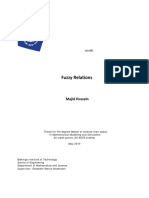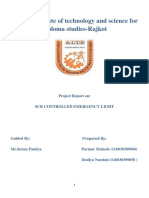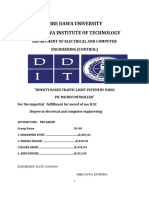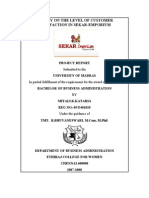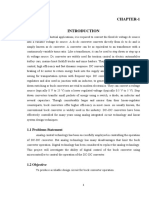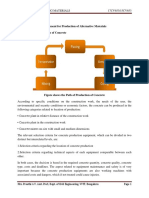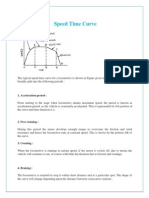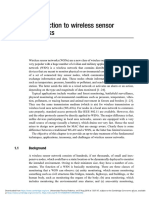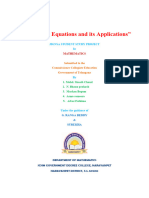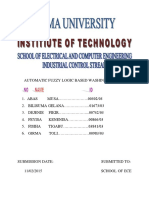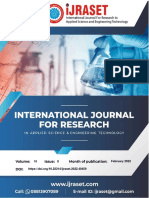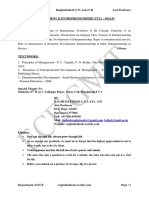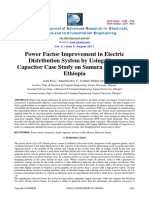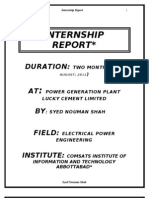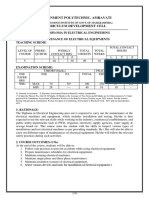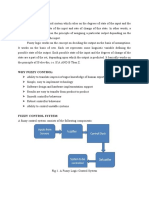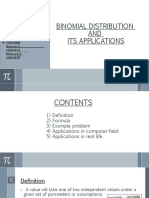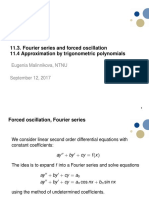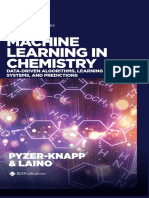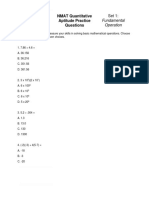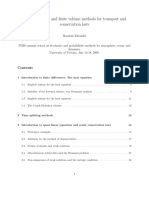0% found this document useful (0 votes)
323 views20 pagesFuzzy Final Report Washing Machine
This document provides a final project report on applying fuzzy logic control to optimize the washing time of a washing machine. It first introduces fuzzy set theory and fuzzy inference systems. It then discusses membership functions, the steps to design a fuzzy controller including rule generation, and the processes of fuzzification and defuzzification. The report applies these concepts to build a fuzzy logic controller for washing machines using MATLAB simulation. Inputs like dirt level and grease are fuzzified and fuzzy rules determine the optimized washing time output, which is then defuzzified to a crisp value.
Uploaded by
Nay Min AungCopyright
© © All Rights Reserved
We take content rights seriously. If you suspect this is your content, claim it here.
Available Formats
Download as DOCX, PDF, TXT or read online on Scribd
0% found this document useful (0 votes)
323 views20 pagesFuzzy Final Report Washing Machine
This document provides a final project report on applying fuzzy logic control to optimize the washing time of a washing machine. It first introduces fuzzy set theory and fuzzy inference systems. It then discusses membership functions, the steps to design a fuzzy controller including rule generation, and the processes of fuzzification and defuzzification. The report applies these concepts to build a fuzzy logic controller for washing machines using MATLAB simulation. Inputs like dirt level and grease are fuzzified and fuzzy rules determine the optimized washing time output, which is then defuzzified to a crisp value.
Uploaded by
Nay Min AungCopyright
© © All Rights Reserved
We take content rights seriously. If you suspect this is your content, claim it here.
Available Formats
Download as DOCX, PDF, TXT or read online on Scribd
/ 20

